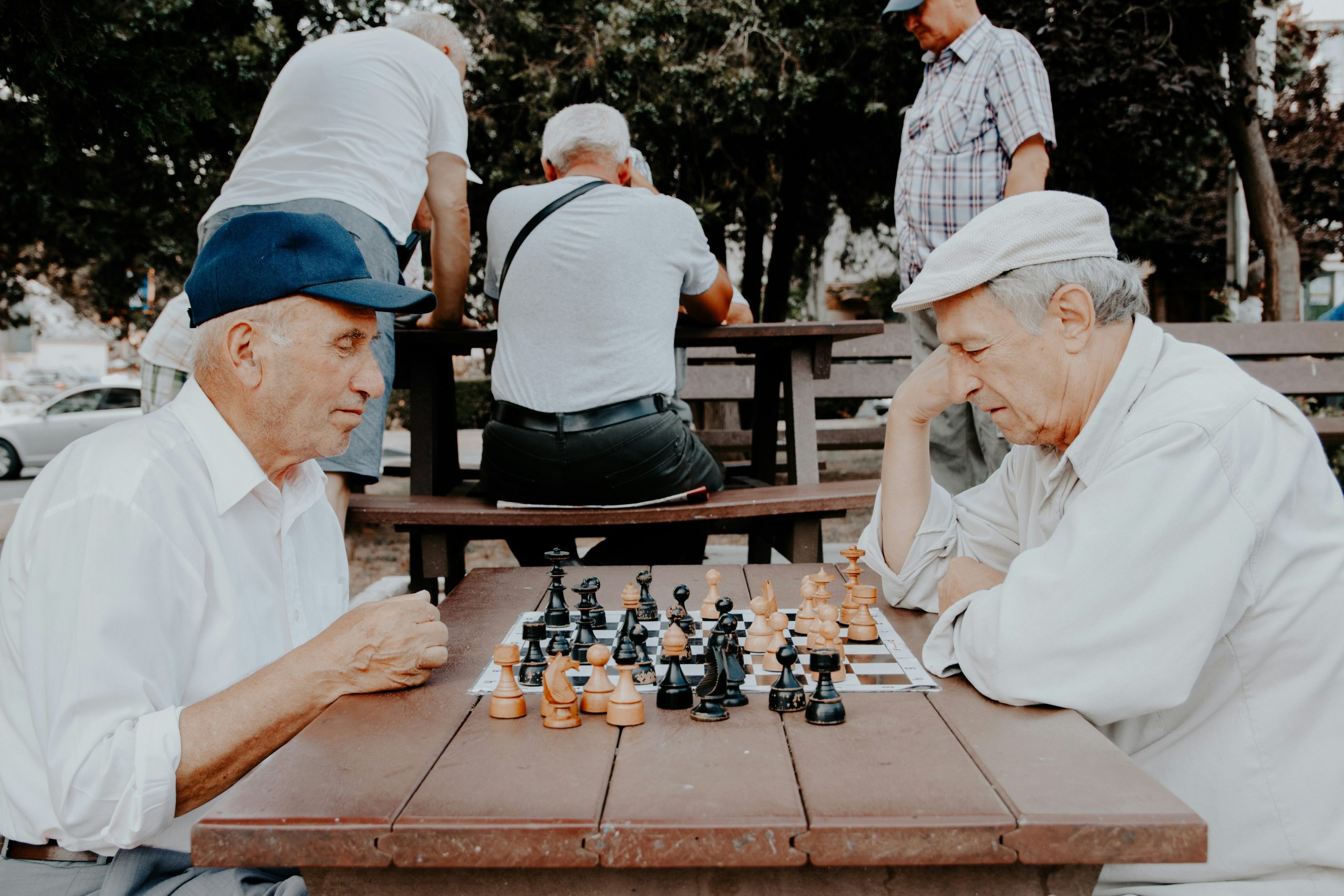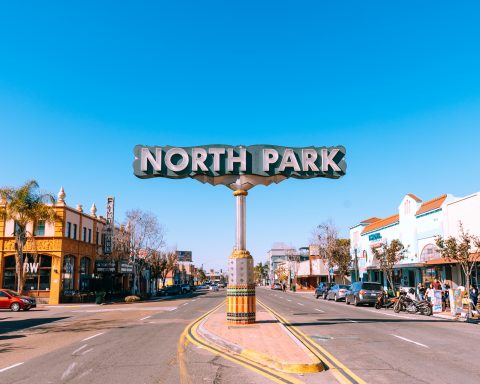As people age, their social circles can naturally shrink. Retirement, health issues, and the loss of loved ones can all lead to feelings of isolation. Assisted living communities offer a structured environment where seniors can find companionship and combat loneliness. Regular social interaction is key to maintaining a sense of connection. This social engagement helps prevent the negative health outcomes associated with being alone.
Enhancing Mental and Physical Well-being
Socializing isn’t just about passing the time; it has real health benefits. Engaging with others can help keep the mind sharp and reduce the risk of cognitive decline. It also encourages healthier habits, like staying active, which is good for the body. A strong social network can improve a senior’s overall sense of well-being.
Improving Overall Quality of Life
When seniors are socially connected, their lives are generally happier and more fulfilling. Shared activities, conversations, and friendships contribute to a greater sense of purpose and belonging. This improved social connection directly translates to a better quality of life, making each day more enjoyable and meaningful.
Diverse Activities in Assisted Living Foster Connection
Assisted living communities offer a wide array of activities designed to bring residents together. These programs are key to building a strong sense of community and combating loneliness. By providing varied options, these communities ensure that every resident can find something they enjoy, leading to more frequent social interactions.
According to The Vered, activities in assisted living often include fitness classes, creative workshops, and social events, all aimed at enriching residents’ daily lives and fostering meaningful connections.
Creative Arts and Crafts Workshops
Getting creative is a fantastic way to connect. Arts and crafts workshops, whether it’s painting, pottery, or even simple crafting, give residents a chance to express themselves. It’s not just about the final product; it’s about the shared experience of creating something together. These sessions often lead to conversations and shared laughter, making creative arts a powerful tool for social bonding.
Engaging Music and Singing Sessions
Music has a special way of bringing people together. Group singing sessions or listening parties can bring back fond memories and create new ones. Participating in music activities, like a community choir or even just a sing-along, helps residents connect on an emotional level. The shared joy of music is a simple yet effective way to build camaraderie and make people feel more connected.
Interactive Game Nights and Puzzles
Friendly competition and collaborative problem-solving are excellent for social engagement. Game nights, from bingo to card games, encourage interaction and lighthearted fun. Working together on large puzzles also promotes teamwork and conversation. These interactive games provide a relaxed setting for residents to get to know each other better and build relationships through shared enjoyment.
Promoting Active Lifestyles Through Group Activities
Benefits of Group Exercise Classes
Staying active is key for seniors, and group exercise classes in assisted living communities make it easier and more fun. These classes offer a structured way to move, which is great for physical health. Think yoga, chair exercises, or even gentle aerobics. The real magic, though, is the social aspect. When people exercise together, they encourage each other. It’s not just about the workout; it’s about shared effort and building camaraderie. This kind of group activity helps combat feelings of isolation by creating a shared experience.
Outdoor Activities and Nature Exploration
Getting outside is good for everyone, and assisted living communities often provide safe and accessible ways for residents to enjoy nature. Walking paths, gardens, and patios are common. These spaces allow residents to connect with the outdoors and with each other. Imagine a group taking a leisurely stroll on a sunny afternoon or tending to a community garden. These simple activities promote a more active lifestyle and provide natural settings for conversation and connection. It’s a chance to enjoy fresh air and gentle movement together.
Dancing and Movement Programs
Dancing and other movement programs are fantastic for both the body and the spirit. They get the heart pumping and improve coordination, but they also bring people together in a joyful way. Whether it’s a structured dance class or just moving to music in a common area, these activities create a lively atmosphere. Residents can share smiles, laughter, and the simple pleasure of moving. This shared energy is a powerful way to build connections and promote an active lifestyle within the community.
Creating Community Through Shared Experiences
Assisted living communities are designed to be more than just a place to live; they are environments where genuine connections can blossom. By organizing events and activities that bring residents together around common interests, a strong sense of community is built. These shared experiences are the glue that holds residents together, turning a building into a true home.
The Role of Themed Social Events
Themed social events are fantastic for bringing people together. Think about a “Roaring Twenties” party or a “Summer Luau.” These events give residents a fun reason to interact, dress up, and share in a festive atmosphere. It’s not just about the theme itself, but the shared laughter and conversation that happens during these gatherings. These events help create a lively community spirit.
Gardening Clubs and Nature Engagement
Getting hands dirty in a garden or simply enjoying a walk outdoors can be incredibly bonding. Gardening clubs allow residents to work together, share tips, and enjoy the fruits of their labor. Spending time in nature, whether it’s tending to plants or just sitting on a patio, provides a peaceful backdrop for conversation and connection. It’s a way to connect with the earth and each other.
Book Clubs and Discussion Groups
For those who love to read and discuss ideas, book clubs and discussion groups are perfect. They offer a structured way for residents to share their thoughts on literature, current events, or historical topics. These groups encourage thoughtful dialogue and allow residents to learn from each other’s perspectives. Shared intellectual pursuits can lead to deep and lasting friendships.
Building Support Networks Within Assisted Living
Buddy and Mentor Systems for New Residents
Moving to a new place can be tough, and assisted living is no different. That’s why many communities set up buddy systems. These programs pair up new residents with longer-term residents who know the ropes. It’s a simple way to help newcomers feel welcome and get acquainted with others.
A friendly face can make all the difference. Having someone to show you around, introduce you to people, and answer those initial questions can ease the transition significantly. This helps build connections right from the start, making the community feel more like home.
Facilitating Resident-Led Groups
When residents take the lead, it really builds a sense of ownership and community. Assisted living facilities often encourage residents to start and run their own clubs or groups based on shared interests. Think book clubs, gardening groups, or even a knitting circle.
These resident-led initiatives are fantastic for creating genuine social bonds. They give people a chance to connect over common hobbies and passions. It’s a great way to see support networks grow organically within the community.
Encouraging Family Involvement in Activities
Families play a big role in a resident’s happiness and social life. Assisted living communities often find ways to include families in activities. This could be through special family days, holiday events, or even just encouraging regular visits.
When families participate, it strengthens the resident’s existing relationships and introduces them to the wider community. It also gives families a clearer picture of the social environment their loved one is part of. This involvement helps build a stronger overall support system for everyone.
Leveraging Technology for Social Connectivity
Utilizing Video Conferencing for Family Ties
Technology plays a big role in keeping seniors connected. Video calls are a great way to see family and friends. Many assisted living places help residents learn how to use these tools. This means seniors can easily chat with loved ones, no matter the distance. Regular video calls can significantly reduce feelings of loneliness. It’s a simple way to maintain important relationships.
Staying in touch through video conferencing helps seniors feel less alone and more part of their family’s daily life. It bridges the gap between physical distance and emotional closeness.
Digital Platforms for Community Engagement
Beyond family calls, digital tools can also build community within the assisted living facility itself. Some communities use internal apps or websites where residents can see upcoming events, share news, or even join virtual interest groups. This digital connectivity complements in-person activities, offering another avenue for social interaction. It’s about using technology to create more opportunities for connection.
- Virtual book clubs
- Online game sessions
- Community message boards
These digital spaces help residents connect with each other, sharing common interests and building friendships. This approach to social connectivity is becoming increasingly common.
Volunteer Opportunities and Giving Back
The Sense of Purpose Through Volunteering
Many residents find a deep sense of purpose by giving back. Assisted living communities often create chances for seniors to volunteer, either within the facility or in the wider community. This engagement helps combat feelings of idleness and provides a structured way to contribute.
Volunteering offers a tangible way for seniors to feel useful and connected. It’s more than just an activity; it’s a pathway to renewed self-worth and a feeling of making a difference. This sense of purpose is incredibly important for overall well-being.
Community Involvement Programs
These programs connect residents with local causes or projects. Whether it’s knitting for charity, assisting with local events, or participating in environmental clean-ups, these activities allow seniors to engage with the outside world. Such involvement strengthens their ties to the community and provides a sense of belonging.
Participating in community involvement programs can significantly boost morale. It’s a chance to share skills and experiences, creating meaningful interactions. This type of volunteering reminds residents that they are still active and contributing members of society, which is a powerful motivator.
The Lasting Impact of Connection
So, it really comes down to this: keeping seniors connected is a big deal for their health and happiness. Assisted living places are stepping up, offering all sorts of ways for folks to meet and hang out, whether it’s through a book club, a gardening group, or just a casual chat over coffee. These activities aren’t just about passing the time; they’re about building friendships, finding a sense of belonging, and honestly, just making life more enjoyable. When seniors have people to talk to and things to do together, they tend to feel better, both mentally and physically. It’s clear that making social interaction a priority in these communities makes a real difference in how well older adults live.








